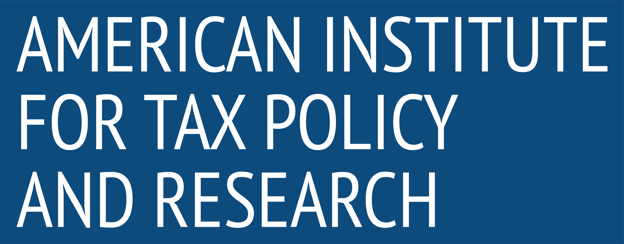Tax Model Estimate: Projected Effects of Various Tax Policies
The American Institute for Tax Policy and Research (AITPR) presents an estimate of the economic and fiscal impact of various tax policy changes. This model evaluates potential adjustments to income tax rates, corporate taxation, payroll taxes, and deductions, providing insights into revenue implications, economic growth, and distributional effects.
1. Income Tax Policy Changes
1.1 Reduction in Individual Income Tax Rates
A 2% across-the-board reduction in individual income tax rates is projected to decrease federal revenue by $250 billion over ten years.
Expected GDP growth impact: +0.3% annually, due to higher disposable income and increased consumer spending.
Distributional effects: Higher-income earners benefit the most, but middle-income groups also see significant tax relief.
1.2 Increase in High-Income Tax Rates
Raising the top marginal tax rate from 37% to 42% for individuals earning over $500,000 annually would generate approximately $400 billion in additional revenue over ten years.
Expected GDP impact: -0.2% annually, as higher tax burdens may slightly reduce investment incentives.
Distributional effects: Concentrated on the top 1% of earners, with minimal impact on lower-income groups.
2. Corporate Tax Policy Adjustments
2.1 Corporate Tax Rate Reduction
Lowering the corporate tax rate from 21% to 18% would reduce federal revenue by $300 billion over a decade.
Expected GDP impact: +0.5% annually, as lower tax burdens encourage business investment and job creation.
Likely to benefit shareholders and high-income earners the most.
2.2 Corporate Minimum Tax Implementation
A 15% minimum tax on book income for large corporations is projected to generate $250 billion in new revenue over ten years.
Expected GDP impact: Neutral to slightly negative (-0.1%), depending on corporate behavioral responses.
Reduces tax avoidance strategies, ensuring large corporations contribute fairly.
3. Payroll Tax Adjustments
3.1 Payroll Tax Cap Expansion
Eliminating the Social Security payroll tax cap (currently set at $168,600) would generate $1.2 trillion over ten years.
Expected GDP impact: -0.3% annually, as higher payroll taxes may reduce labor supply incentives.
Increases long-term solvency of Social Security but impacts high-income earners disproportionately.
3.2 Payroll Tax Rate Cut
Cutting the payroll tax rate from 6.2% to 5.5% for employees would reduce revenue by $800 billion over a decade.
Expected GDP impact: +0.4% annually, due to increased take-home pay and consumer spending.
Broad benefits for workers, particularly low- and middle-income earners.
4. Deductions and Credits
4.1 Expansion of Child Tax Credit (CTC)
Increasing the CTC from $2,000 to $3,600 per child would cost $700 billion over ten years.
Expected GDP impact: +0.2% annually, due to increased household spending.
Most benefits go to middle- and lower-income families, improving child welfare and economic security.
4.2 Limiting Mortgage Interest Deduction
Capping the mortgage interest deduction at $500,000 home value would increase federal revenue by $150 billion over ten years.
Expected GDP impact: Neutral, as effects on homeownership rates are minimal.
Affects high-income homeowners the most, reducing a regressive tax preference.
5. Overall Economic and Revenue Impact
Revenue-neutral tax reform combining corporate tax cuts with high-income tax increases could stabilize deficits without slowing growth.
Targeted deductions and credits improve equity without significant economic distortions.
Payroll tax changes could strengthen Social Security while balancing labor incentives.
Conclusion
Tax policy changes have complex interactions with economic growth, revenue generation, and income distribution. Policymakers must weigh trade-offs carefully to balance fiscal sustainability with economic competitiveness. AITPR will continue to provide data-driven analysis to support informed decision-making.


